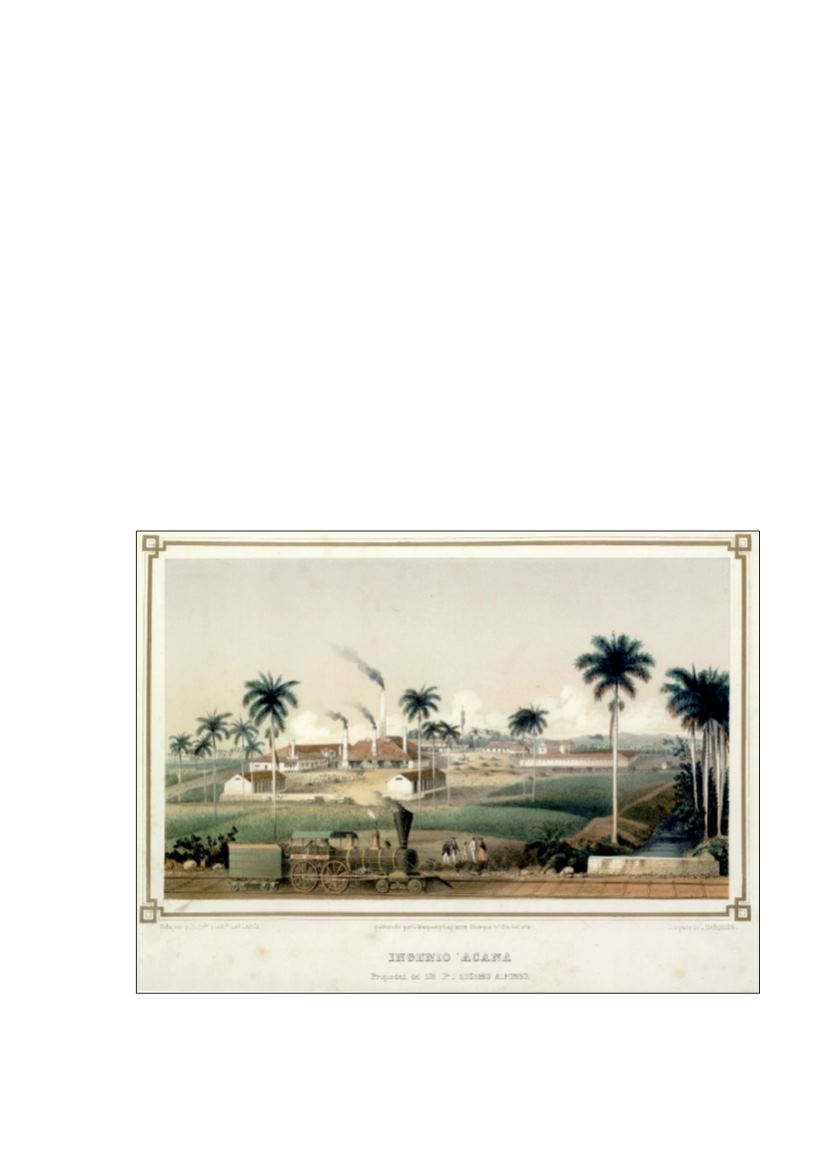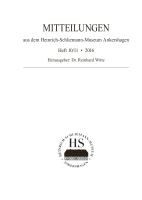
143
the horrors of the life of the slaves, had interviews with many Railroad lines own-
ers, investigated the prices of sugar, the possible results of the abolition of slavery
and concluded that his business here will not be what he wanted. Schliemann con-
tinues with earaches. At this point we realize that Schliemann checked everything
personally, never relied in others opinions although he was opened to all ideas and
paid careful attention to every comment.
After visiting again the Great Tacon Theater, which he always enjoyed, as well as
the climate, the ladies, the fruits, the intelligent conversation about business with
his European friends and the contacts with the Cubans, he left the island to contin-
ue his archaeological interests and excavations.
His accurate depictions of the size of the sugar and tobacco plantations and fac-
tories, including the number of slaves and workers and their behaviour, clothing,
feeding habits, beliefs, working hours, the types of machinery used, the amount of
production and profits obtained yearly, as well as his accounts of famous places,
are very useful to historians, writers, biographers, regisseurs and researchers, not
only for the valuable information offered but also for the vividness of a firsthand
description. He repudiated slavery, defended the Chinese, was sorry for them and
Fig. 5 – Cuban sugar mills









